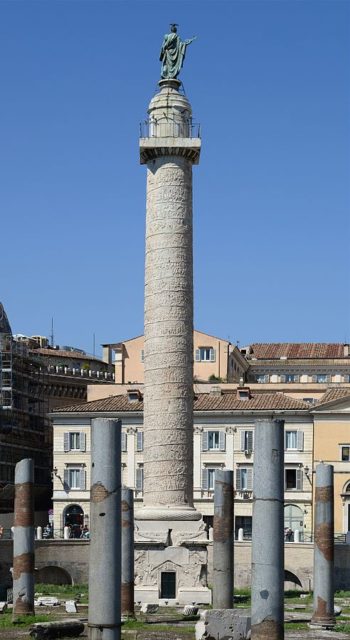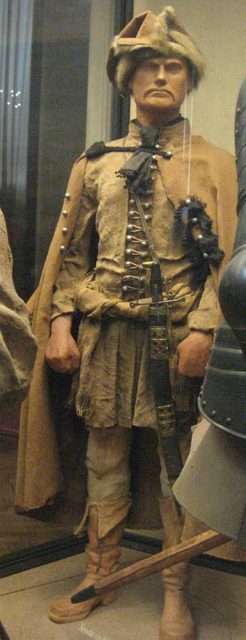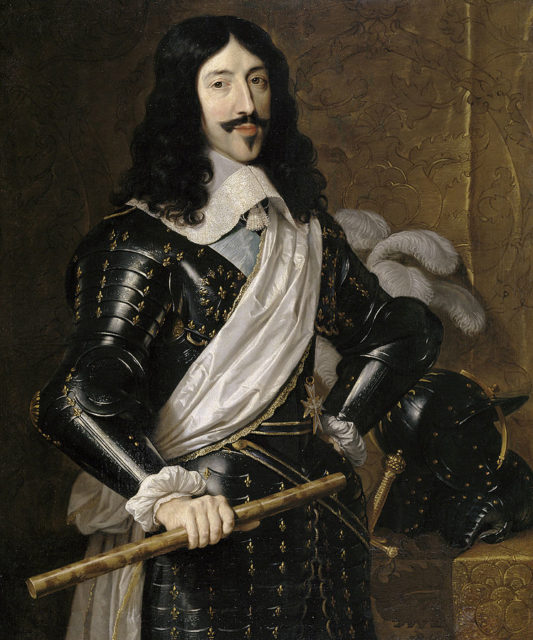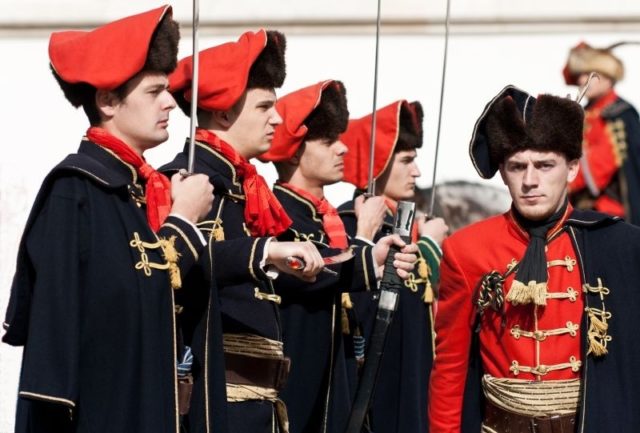Turns out there are over 85 ways to tie a tie, with the Windsor still standing as the prime choice of tie. Comfortable or not, the necktie remains as a symbolic fashion accessory with a fascinating story of origin. Throughout the ages, the purpose and the design of the neckties have evolved together with the social, political and cultural status of the world.
There are many guesses and speculations about the true origin of neckties. The roots of the prototype of the first neckties date back a thousand of years ago in China. Emperor Qin Shih Huang himself, the first ever Emperor of China, ordered to be buried alongside with a vast collection of terra cotta soldiers to guard him in the afterlife.

They were discovered in 1974 and they were sculpted wearing cloths around their neck. Apparently, they were the only soldiers who wore them, which was believed to be a symbol of honor. With many of them still intact, they are ever vigilantly guarding the old emperor.
Another historical mention of the necktie dates back to the great Emperor Trajan and his reign from 98 to 117 A.D. A column which serves as a memorial for his conquest of Dacia was erected in Rome. Depicted on the pillar are thousands of soldiers that are shown wearing a cloth around the neck.
They have a very similar style like the Chinese soldiers and exactly the same story- there are no other records of Roman soldiers wearing the cloth. Supposedly, its only use was a show of loyalty and honor.

The necktie is widely believed to be popularized during the Thirty Years War in the early 1630s. Many Croatian, Bosnian, and Hungarian mercenaries were hired to fight for the cause of the French King, Louis XIII. Since they were not an official army, during the war, they would switch sides and attack whoever they saw fit.
The rogue soldiers all wore a piece colorful cloth around the neck. They used the cloths to tie their jackets and that was their only useful function, but King Louis thought that this could be a beginning of a new era in fashion.
The King was astounded by this new piece of clothing which was much comfortable and stylish than the ruffled collars worn by the French. He honored the Croatian soldiers by giving the neckwear their etymological name “La Cravate”.

Even Napoleon Bonaparte wore a white necktie during the famous battle of Waterloo, honoring the Duke of Wellington’s favorite color. The neckwear evolved throughout the ages as a symbol of royalty, social status, formality, and class.


Whether it was ruffled, in ribbons, cotton, or linen, the trendy cloth went into the next centuries as a mandatory wear among all men, rich or poor. There were 32 styles of tying a cravat, thanks to H. Le Blanc’s book, The Art of Tying the Cravat in 1828.
During the industrial revolution, white collar workers tied their neckwear as a “four-in-hand” completely cementing a new trend which will pave the way for the modern necktie as we know it. Not only that it had been abided by a strict dress code, it was a very comfortable, tidy and secure way to tie a necktie.


As for the school necktie, its trend began to develop when in 1880, a boating club member from the Oxford University tied his boater hat ribbon into a four-in-hand. The staff and students quickly followed suit.
The same period, the Ascot Tie was popularized by King Edward VII. He frequently wore it at horse races (the same name which derives from the popular Royal Ascot horse races) and was used as standard formal attire.

The last piece of the puzzle was set by Jesse Langsdorf in the 1920s, a tailor from New York whose specialty was tie making. He measured and cut the tie at an angle of 45 degrees so that the tie would drape evenly without getting twisted.
Thus, the basic standard for modern ties was set. Normally, the sizes and colors varied throughout the ages, along with the loosely tied Steinkirk, or the almighty bolo tie, but the style remained the same to this day.
